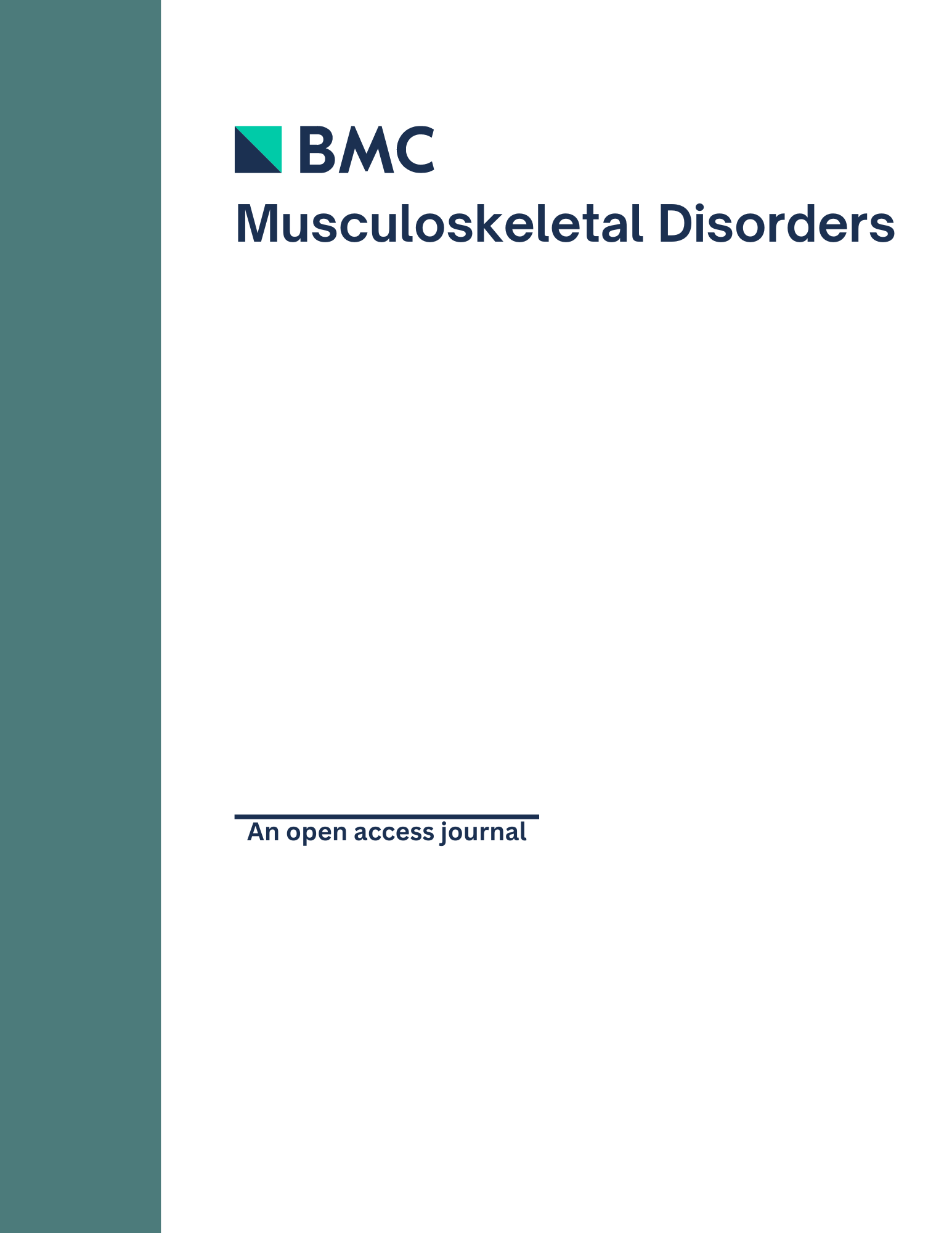
Internet-based randomized trials successful and economical tool in low risk interventions

Internet-based randomized trials successful and economical tool in low risk interventions
Internet-based randomised controlled trials for the evaluation of complementary and alternative medicines: Probiotics in spondyloarthropathy
BMC Musculoskelet Disord. 2008 Jan 11;9:4.Synopsis
140 participants, >18 years of age, with spondyloarthropathy (SpA) were randomized to receive either a probiotic drink or a placebo over a 12 week period. The probiotic drinks were not any superior in improving well-being or bowel symptoms. Internet-based randomized controlled trial was a suitable economical method with a potential applicability in examining the complementary and alternative medicine interventions at low cost.
Was the allocation sequence adequately generated?
Was allocation adequately concealed?
Blinding Treatment Providers: Was knowledge of the allocated interventions adequately prevented?
Blinding Outcome Assessors: Was knowledge of the allocated interventions adequately prevented?
Blinding Patients: Was knowledge of the allocated interventions adequately prevented?
Was loss to follow-up (missing outcome data) infrequent?
Are reports of the study free of suggestion of selective outcome reporting?
Were outcomes objective, patient-important and assessed in a manner to limit bias (ie. duplicate assessors, Independent assessors)?
Was the sample size sufficiently large to assure a balance of prognosis and sufficiently large number of outcome events?
Was investigator expertise/experience with both treatment and control techniques likely the same (ie.were criteria for surgeon participation/expertise provided)?
Yes = 1
Uncertain = 0.5
Not Relevant = 0
No = 0
The Reporting Criteria Assessment evaluates the transparency with which authors report the methodological and trial characteristics of the trial within the publication. The assessment is divided into five categories which are presented below.
4/4
Randomization
3/4
Outcome Measurements
4/4
Inclusion / Exclusion
4/4
Therapy Description
4/4
Statistics
Detsky AS, Naylor CD, O'Rourke K, McGeer AJ, L'Abbé KA. J Clin Epidemiol. 1992;45:255-65
The Fragility Index is a tool that aids in the interpretation of significant findings, providing a measure of strength for a result. The Fragility Index represents the number of consecutive events that need to be added to a dichotomous outcome to make the finding no longer significant. A small number represents a weaker finding and a large number represents a stronger finding.
Why was this study needed now?
Complementary and alternative medicines (CAMs) are used in chronic and acute health conditions for maintaining wellness. However, the use of CAMs is limited, since there have not been many clinical trials performed on CAMs. This study evaluated the effectiveness of probiotics in the symptom control of spondyloarthropathy.
What was the principal research question?
Is the probiotic use superior to placebo in terms of well-being, bowel symptoms, and arthritis severity (disease activity and function) after 12 weeks of treatment?
What were the important findings?
- 65% (96/147) completed the entire 3 month long trial.
- CAM Outcome: No clinically significant differences were observed in the global well-being, bowel symptoms, or severity of arthritis between the two groups.
- Adherence to medication was comparable in both the groups, placebo=3938/5796 (67.9%) and intervention group= 3748/5544 (67.6%).
- No difference in the adverse event rates between the groups were recorded
What should I remember most?
Internet-based tools were useful and economical for conducting a successful randomized controlled trials in low risk interventions. The probiotic did not improve well-being, disease activity, or function compared to placebo.
How will this affect the care of my patients?
The internet-based RCT is a feasible method to examine the CAM intervention. it is also is a cost-effective approach for assessing low-risk interventions.
Learn about our AI Driven
High Impact Search Feature
Our AI driven High Impact metric calculates the impact an article will have by considering both the publishing journal and the content of the article itself. Built using the latest advances in natural language processing, OE High Impact predicts an article’s future number of citations better than impact factor alone.
Continue



 LOGIN
LOGIN

Join the Conversation
Please Login or Join to leave comments.